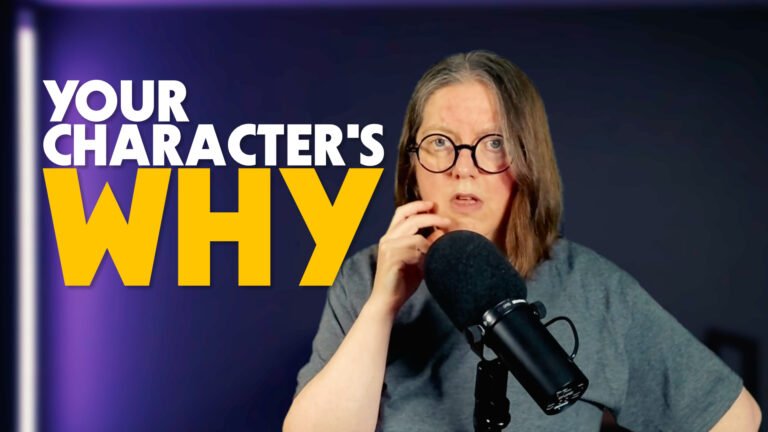
In any system, technically, output is dependent on input. And this can be really easy to forget when you’re busy being creative. We might end up forcing it if this is true.
In improv, we often focus on the output in a scene, like forcing ourselves to try and think on our feet to get those really cool ideas out of our head in the middle of a scene. And that might end up seeming as forced as it… was.
To get better creative output while performing, we’ll consider that input while we live our everyday lives all week long.
This shift in focus moves us away from the two primary ways we generate ideas:
- Forced: a somewhat stressful and inefficient mode. This is when you consciously exit your character’s headspace, scan your memory “something good” to use, and then put that data into the scene. But this can put you in your head.
- Passive and automatic: What I prefer. This is when you go along with the scene, and the specific detail kind of… “falls out of your face.” This happens in character and without conscious effort. And you can get there with how you engage with your world during the week.
I use two very accessible things to get into that “flow” during scenes… experience and curiosity. You continuously ingest as much new information as you can by simply noticing the world around you, listening hard, and (most importantly) getting curious. The “raw data” you utilize for this can come from anywhere: a book, an article about junk food, a nature documentary, a conversation with a friend, or even a half-forgotten memory of a strange family vacation (that you… re-remember or whatnot).
But getting the data isn’t enough; you have to process it. That processing happens when you follow your genuine interest. When something makes you think, “Huh, that’s weirdly interesting,” that’s the signal to do a deep dive. Then it floats around in your head (your “noggin RAM”), ready to just pop out without thinking when a scene triggers it.
And there are more benefits to discover in your improv practice that I cover in this week’s episode (find it below as a podcast or as a video).




